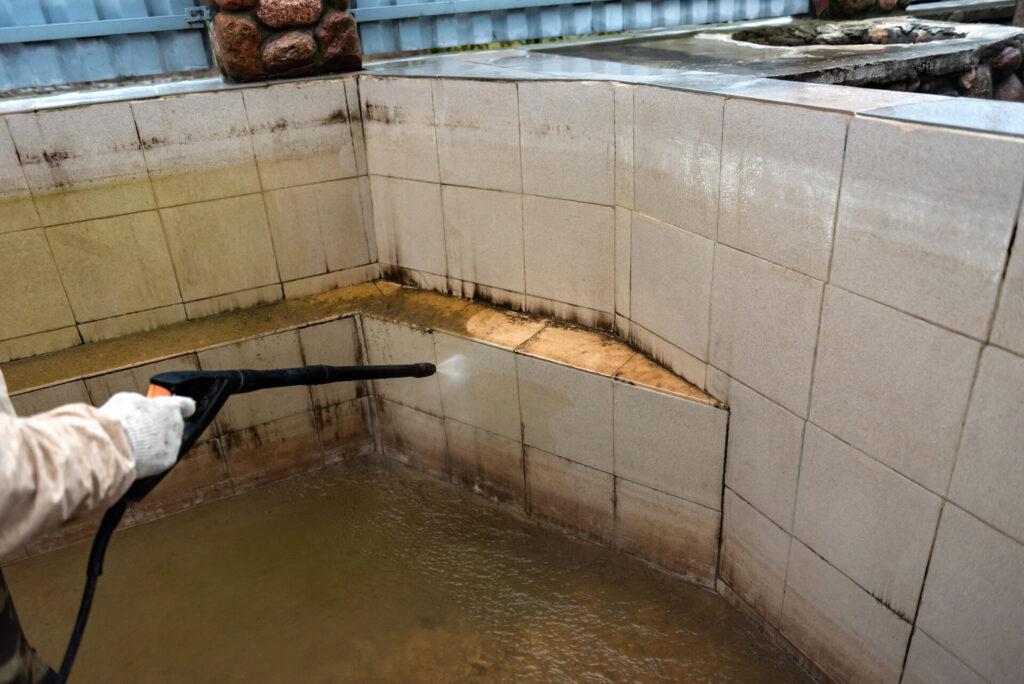Heavy and stubborn soiling can not infrequently cost you your last nerve. Thus, you often clean the same spot forever and the impurities do not seem to disappear. Therefore, it is all the more important that you know a few tips and tricks for removing stubborn stains. This way you won’t be annoyed in the future and can fight dirt from A to Z.
The simplest solution: avoid heavy soiling
Before you go out of your way to get rid of heavy soiling, you should avoid it. In this way, you will directly save yourself a lot of stress and trouble. Because the truth is that much of the stubborn dirt is self-inflicted. So you can avoid a lot of heavy soiling by simply cleaning regularly. After all, the longer you don’t clean a spot, the more the dirt settles in. Therefore, clean all surfaces, devices and co at regular intervals and properly.
Chemical cleaning agents vs. environmentally friendly methods
Chemical, stronger, more effective – that’s how people often think in the cleaning sector. In the case of stubborn dirt, for example, you would prefer to use the full chemical mace and literally etch away all contamination. However, this is not a good idea. Because chemical cleaning agents, such as chlorine, can harm materials as well as health and the environment. In this sense, you are always taking a big risk by using them. At the same time, today there are enough ecological solutions for intensive cleaning of various surfaces. You should always resort to these and thus protect the environment.
Dry ice during cleaning
One method of cleaning stubborn contaminants, which is being used more and more frequently, is cleaning by means of dry ice. This is solidified carbon dioxide. This is pressed into pellets, which are strongly reminiscent of ice cubes. These pellets can then be filled into a dry ice blasting unit and used. This generates a pressure that converts the carbon dioxide into a gaseous state. This is referred to as dry ice blasting. During this step, the dry ice has a temperature of over -50 degrees, which is why impurities are literally iced over. The stains, which are on various surfaces, are thus dissolved from the treated material and can be removed.
Advantages of dry ice
Until recently, the use of dry ice was particularly in demand in the industrial sector. There, machines could be easily freed from rust. Dry ice is also used in the automotive sector, where it can remove rust as well as dirt from seat covers. In recent years, however, this method is also being used more and more frequently in the private sector, as it can simply be used to clean numerous surfaces. The environment is not affected and it is accordingly an ecological cleaning method, which can also be used easily. Only the application itself must be carried out in compliance with some safety measures. This is because there can be a danger of suffocation when using the carbon dioxide. Therefore, it should be proceeded with caution.
Source:
Natallia – stock.adobe.com
